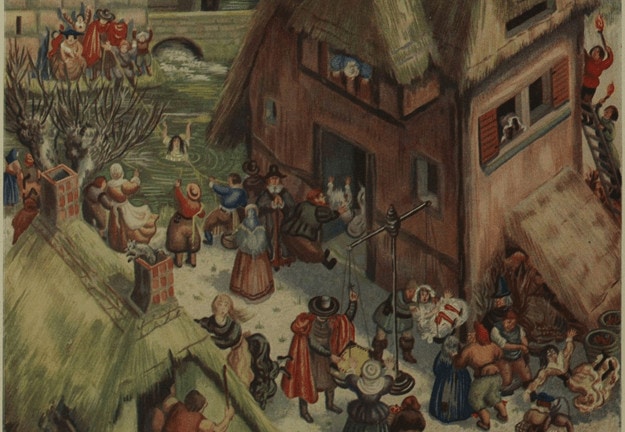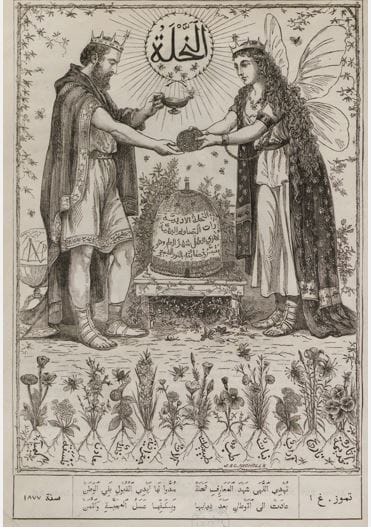│ by Eloise Sinclair, Gale Ambassador at the University of Durham │
For many of us, the term ‘witch-hunt’ conjures up images of spell books, familiars and haggard old women being hauled from their homes by angry mobs. Although scenes such as these took place in numerous witch-hunts, they are not their defining feature. Using the Term Frequency tool in Gale Primary Sources reveals that the number of documents containing the term ‘witch’ peaked at the end of the nineteenth century and rose rapidly again in the second half of the twentieth century. ‘Witch-hunt’ similarly came to be used more frequently in the last sixty years. This demonstrates that these two terms are not solely linked to the persecution of magical witches; instead they have, over the centuries, taken on a different meaning. This article uses Gale Primary Sources to explore what constituted a witch and how witches were dealt with in different eras and political climates.



